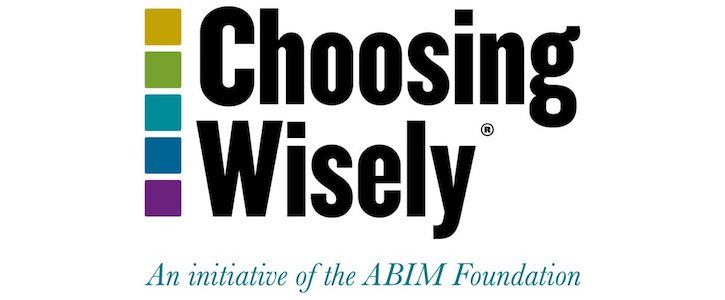The Road Ahead for Choosing Wisely: Turning Innovation Into Action
It isn't enough to just garner hundreds of value-based recommendations: They need to be credibly disseminated and implemented.

In a new JAMA commentary, organizers of the American Board of Internal Medicine (ABIM) Foundation’s Choosing Wisely campaign write that, while the initiative has “grown and spread beyond what was anticipated at its outset,” fundamental challenges still lie ahead.
The campaign, which kicked off in 2012, aims to take recommendations from specialty societies to build a library of “low value” medical procedures and tests that doctors can look to avoid in order to save the health system money without sacrificing patient outcomes. It’s had no trouble garnering those suggestions—it’s gotten hundreds—but the real test will be whether it can get those practice changes disseminated and implemented. The subhead of their piece even alludes to the efforts as “A Work in Progress.”
>>READ: Are Doctors Choosing Wisely Yet?
To diffuse Choosing Wisely’s innovations, the trio of authors write, there will be a few key concepts to keep in mind. One is simplicity, which they believe is already at the heart of the program and its surrounding language. “In general, most people are not eager to change their old habits, and new innovations need to offer a relative advantage over the old ways of doing things,” they note. If the concepts and benefits are already understandable enough, technology-based distribution channels—like alerts built into computer physician order entry systems—could be key in getting them in the hands of clinicians.
But despite the advantages that common-sense simplicity can afford, there’s also a need to appear fresh and novel when trying to change prevailing practice. Reinvention is vital for innovations “that arise spontaneously and are spread through horizontal decentralized networks.” As a sort of crowdsourced reform program, Choosing Wisely aims to be anything but a top-down set of mandates, and a sense of grassroots insurgency will have to permeate the program’s materials and approach for it to be successful.
“Given the bureaucratization of patient safety and quality efforts,” physician leadership must remain at the forefront. But for early-adopting physicians and health systems to convince their colleagues that the program is truly providing evidence-based improvement, they’re going to need, well, evidence. The authors write that they’ll need more system-level data on patient outcomes, and that this will be a strategic priority of the campaign moving forward.
Healthcare Analytics News™ spoke to one of the JAMA commentary authors, ABIM Foundation Executive Vice President and COO Daniel Wolfson, for a previous story. He said then that massive change like the type Choosing Wisely wants to inject into healthcare typically takes 15 years, but that the program is committed to making its mark in 10 or less.
The new commentary, co-authored alongside the University of Toronto’s Wendy Levinson, MD, and Karen Born, PhD (who are helping lead the initiative in Canada), echoes that ambition. But, it concedes, “early indicators of implementation of the recommendations are promising but not conclusive…now it needs to demonstrate effectiveness in improving outcomes and making a difference on measures of quality and safety that matter to clinicians and patients.”
Related Coverage:
Hunting for the Heart of a Changing Community
CMS is Leading the Way Toward Bundled Payments. Should It Be?
Precision Medicine, Sure. But What About Precision Payments?
Podcast: Match Made in Hospitals — Patient-Matching Technology Can Improve Healthcare
September 21st 2021Clay Ritchey, CEO of Verato, highlights the administrative and financial benefits that patient-matching technology can provide hospitals and health systems, as well as how it can improve the patient experience.
Podcast: Using Digital Solutions to Address Technology Shortfalls with Citius Tech Senior VPs
July 29th 2021In an interview recorded earlier this year, Chief Healthcare Executive Associate Editorial Director Mary Caffrey spoke with 2 leaders of Citius Tech about meeting healthcare challenges with digital solutions.